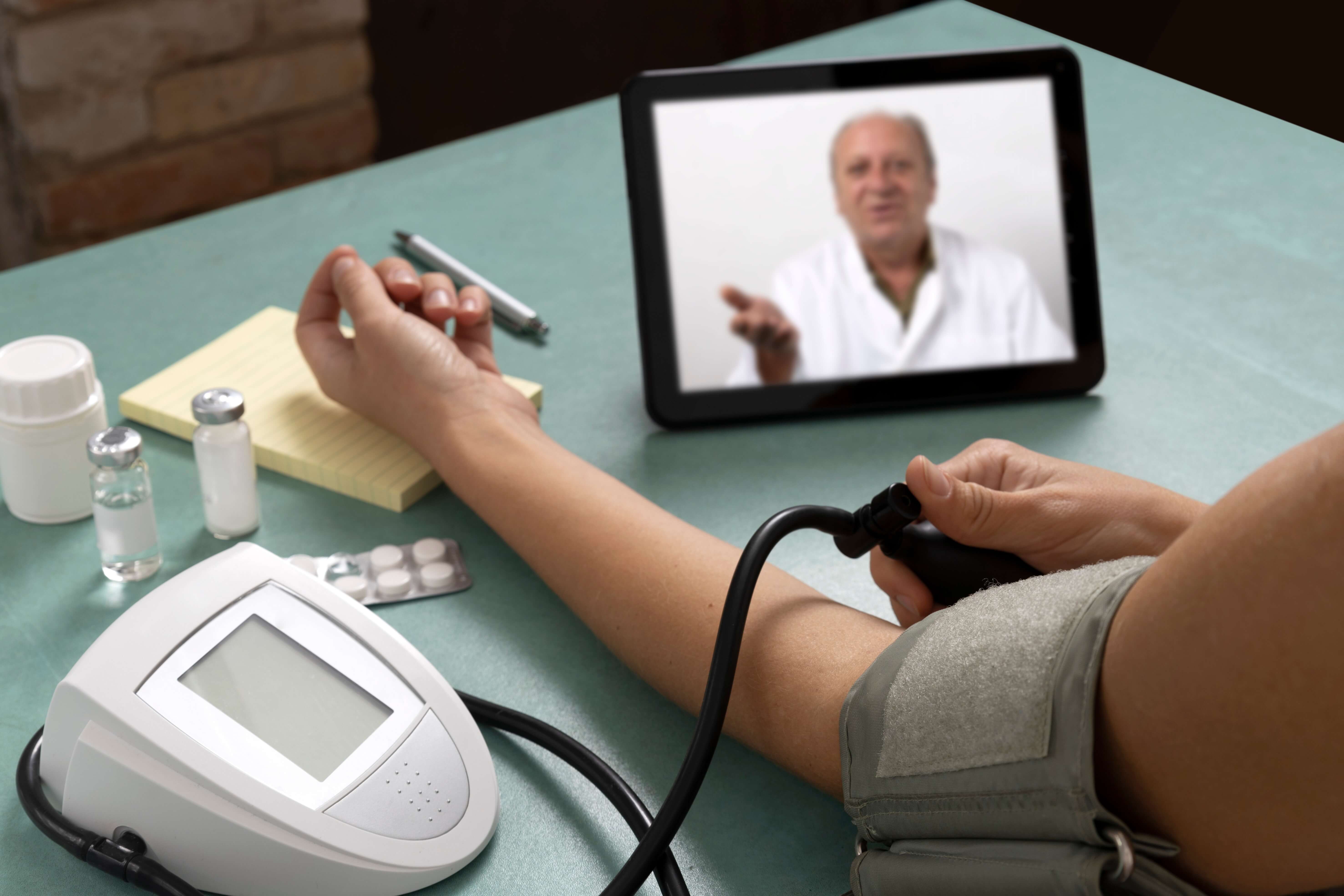This blog post was originally published at e-con Systems’ website. It is reprinted here with the permission of e-con Systems.
In this blog, we will uncover the current medical and life sciences use cases in which Ethernet cameras are integral.
The pace of technological transformations in medicine and life sciences is rapid. Imaging technologies used in these fields are no exception to this constant wave of disruption.
Look at Ethernet cameras, for instance.
They have made a big comeback in various imaging applications across medicine and life sciences, offering uninterrupted and secure data transmission and accurate imaging capabilities. That’s why these cameras are becoming increasingly popular, especially in remote diagnosis and consultations.
In this blog, we will uncover the current medical and life sciences use cases in which Ethernet cameras are integral.
Medical and Life Sciences-Based Applications of Ethernet Cameras
Remote patient monitoring systems
With the rising need for convenient access to healthcare, remote patient monitoring has emerged to optimize workloads, improve patient care and reduce costs. Also known as virtual nursing, it helps manage acute or chronic health conditions from a distance over time.

Remote patient monitoring
Ethernet cameras play an important role in remote monitoring systems as they enable high-definition, real-time video streaming over long distances. Some of the crucial camera features are:
- Real-time data transmission: Remote patient monitoring systems are expected to alert healthcare providers of any changes in the patient’s vitals or movements. So, imaging solutions must provide real-time video streaming with minimal latency over long distances. It ensures that the patients are attended to at the right time.
- Low-light and NIR imaging: External lighting conditions vary in the hospital or home-care settings. As most remote patient monitoring systems operate round the clock, the cameras must perform efficiently in bright and low-light conditions. It also drives timely interventions in case of emergencies.
Surgical systems
In modern medicine, a major part of surgical innovation has been based on the increasing precision of imaging systems. Furthermore, with telesurgeries becoming more common, newer and more powerful cameras are being integrated into various systems. For example, surgical light cameras help surgeons see the region of interest.

Surgical navigation system
Ethernet cameras can be considered for surgical light systems due to their key features, which include:
- Low latency: Ethernet cameras, with their low latency features, help achieve a high level of accuracy. These cameras ensure minimal delay in data processing and transmission, providing accurate real-time streaming.
- High Dynamic Range: Surgeries either occur under brightly lit conditions or in dimly lit areas. Thanks to the High Dynamic Range feature in GigE cameras, contrast can be improved under varying light conditions, eliminating glares.
Robot navigation systems (for hospitals)
The deployment of robots for hospital navigation purposes and medical assistance is booming globally. According to a report by Markets and Markets, the medical robots’ market is expected to grow from USD 16 billion in 2020 to USD 33.8 billion by 2029, at a CAGR of 16.1% during the forecast period.

Robot navigation systems (for hospitals)
Cameras equip these robotic systems with advanced vision, making hospital operations safer and smarter. The reasons why Ethernet cameras are preferred in medical robots are:
- Edge AI capabilities: Robots are deployed across a spectrum of healthcare functionalities, from sterilization to performing surgeries. Hence, robotic cameras must be capable of being integrated with AI algorithms while being trained to enhance operability.
- PTP network time synchronization: Often, multiple robots are involved in hospital navigation systems. This ensures that all the robotic cameras are in sync to carry out functionalities like medication administration, surgeries, etc., with caution and care.
Lab automation systems
The enormous growth in the number of research studies conducted in drug development, clinical diagnostics, genomics, etc., wouldn’t have been possible without lab automation systems. From sample preparation to liquid handling, these systems leverage modernized vision solutions to get detailed and error-free data, thereby automating key lab processes.

Lab automation
Ethernet cameras are the perfect vision solutions for lab automation processes as they ensure secure, seamless data transmission over distances of up to 100ms. Other features that make them ideal are:
- Full HD resolution at 60 fps: Everything happens at an accelerated pace in a lab—be it tube sorting or sample labeling. Ethernet cameras, with their high frame rates, allow for rapid, error-free capture of objects in motion. Additionally, the high-definition resolution provides enhanced image clarity.
- Compact, robust form factor: Automation processes are unique to every lab, which means there can’t be a single camera solution. For example, certain industries may require the lab automation processes to occur in extreme temperatures. With Ethernet cameras, it becomes possible to operate under varying conditions.
GigE Cameras by e-con Systems for Medical and Life Sciences Applications
e-con Systems has 20+ years of experience in designing, developing, and manufacturing OEM cameras. Our diverse Ethernet camera portfolio includes the RouteCAM series. These GigE Cameras are perfect for medical and life science applications like patient monitoring systems, surgical systems, Lab automation systems, and more.
Key features:
- Full HD resolution
- High frame rate
- Low latency
- IP67 rated enclosure
- Compatible with CloVis Central™ – Remote Device Management Support
Along with off-the-camera shelf solutions, e-con Systems also offers custom camera solutions to meet unique use case requirements.
Please browse our Camera Selector page to see our entire portfolio.
If you need help integrating the right camera solution into your vision-based medical or life sciences applications, please write to [email protected].
Balaji S
Product Manager, e-con Systems


